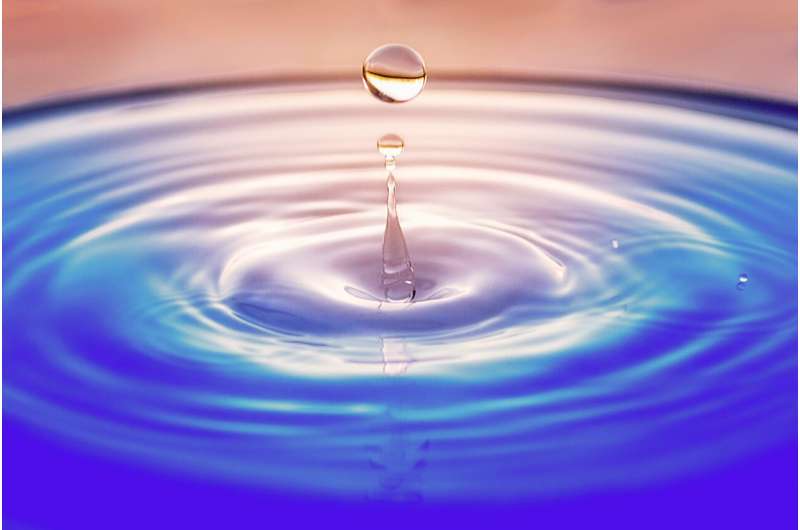This article has been reviewed according to Science X's editorial process and policies. Editors have highlighted the following attributes while ensuring the content's credibility:
fact-checked
trusted source
proofread
Researchers develop novel antifouling nanofiltration membranes using ionic liquid

A new post-modification strategy has been proposed by a research group led by Prof. Wan Yinhua from Institute of Process Engineering (IPE) of the Chinese Academy of Sciences, aiming to achieve high separation selectivity and strong fouling resistance of nanofiltration (NF) membranes. The strategy involves polyamide swelling rearrangement induced by ionic liquid (IL), which facilitates polyelectrolyte deep grafting. The study was published in the AIChE Journal.
NF is a promising low-energy separation process for water purification and resource recovery. However, membrane fouling, which refers to the accumulation of substances on the membrane surface and pores, remains a persistent problem during practical applications. It can cause increased transmembrane resistance, decreased permeate flux, and changes in separation selectivity, leading to a deterioration in the quality of the produced water.
Post-grafting has been commonly used to modify NF membranes and reduce fouling tendency by adjusting their hydrophilicity and charged properties. However, surface grafting often results in significant pore narrowing or blocking, leading to a loss in permeability. In addition, monocharged surfaces struggle to resist mixed foulants with different charges.
"In our strategy, we used an ionic liquid (IL)-ethanol (EtOH) to induce the deep grafting of polyethyleneimine (PEI) and rearrange the polyamide layer, improving the surface and aperture properties of the NF membrane," Prof. Wan explained.
The proposed system utilized the strong affinity of the IL to the polyamide layer and the low diffusion steric hindrance of EtOH to induce polyamide swelling and achieve deep grafting of PEI. This also allowed for targeted filling of larger pores, resulting in a narrower pore size distribution. The deep grafting of amino groups made the polyamide layer highly hydrophilic and nearly charge-neutral, thereby maintaining excellent antifouling ability against hydrophobic macromolecules and mixed charged molecules.
Furthermore, the NF membrane demonstrated remarkable long-term antifouling and separation selectivity stability when tested with coking wastewater and molasses, respectively. Its performance was comparable to NF270.
"This study highlights the possibility of using IL-induced deep grafting of polyelectrolytes to improve the antifouling performance of NF membranes," said Prof. Luo Jianquan, the corresponding author of the study. "It underscores the significance of solvent properties in grafting behavior, and provides a versatile platform for the fabrication of advanced NF membranes for wastewater treatment and resource recovery."
More information: Lulu Liu et al, Ionic liquid‐induced deep grafting of polyelectrolyte to reform polyamide layer for antifouling nanofiltration membrane, AIChE Journal (2023). DOI: 10.1002/aic.18204
Provided by Chinese Academy of Sciences




















